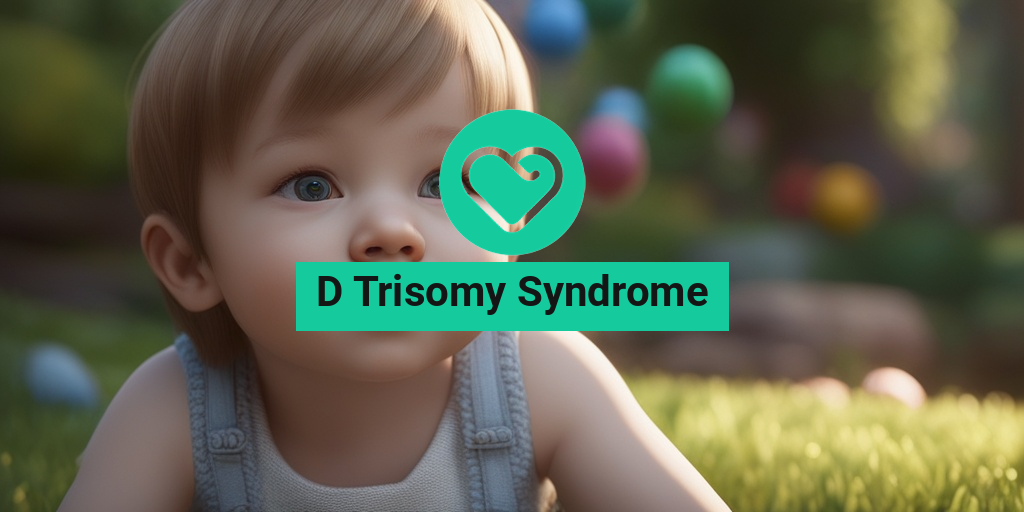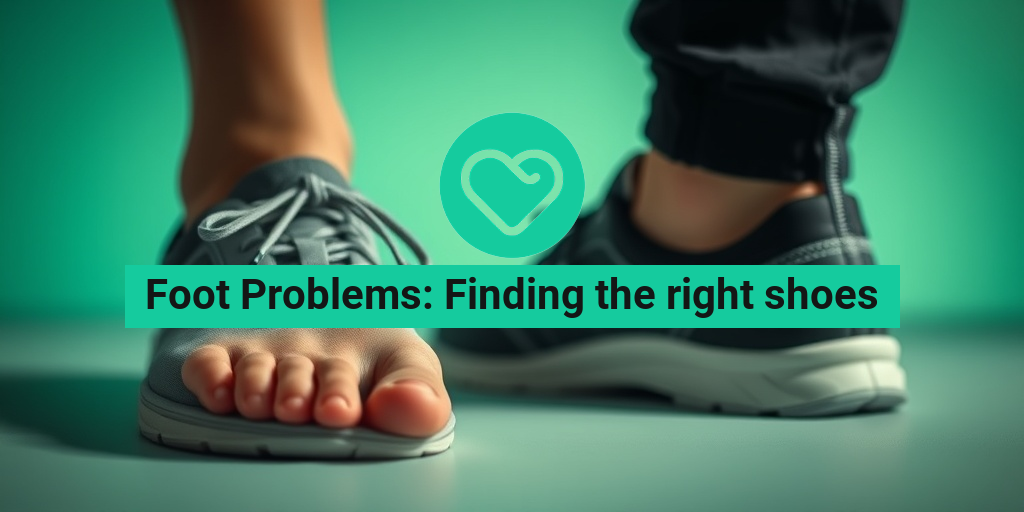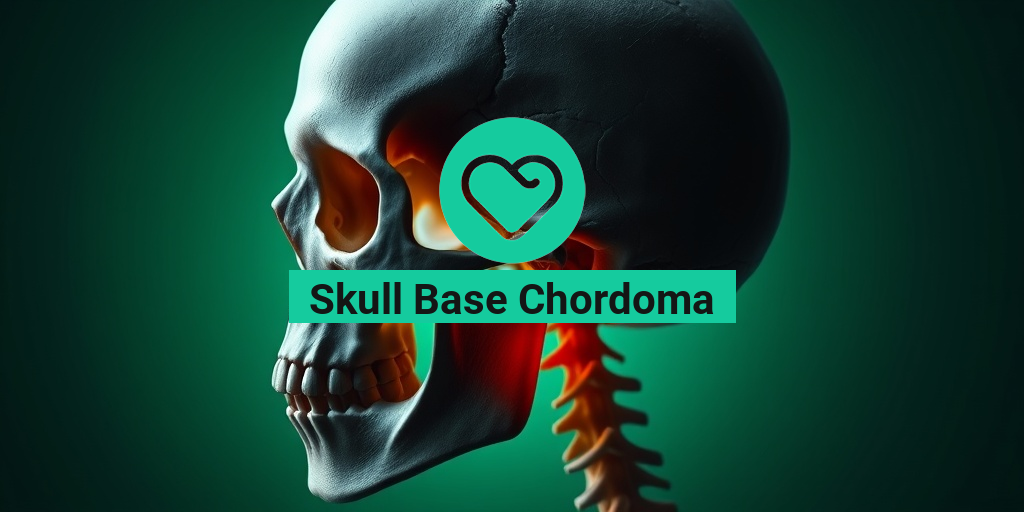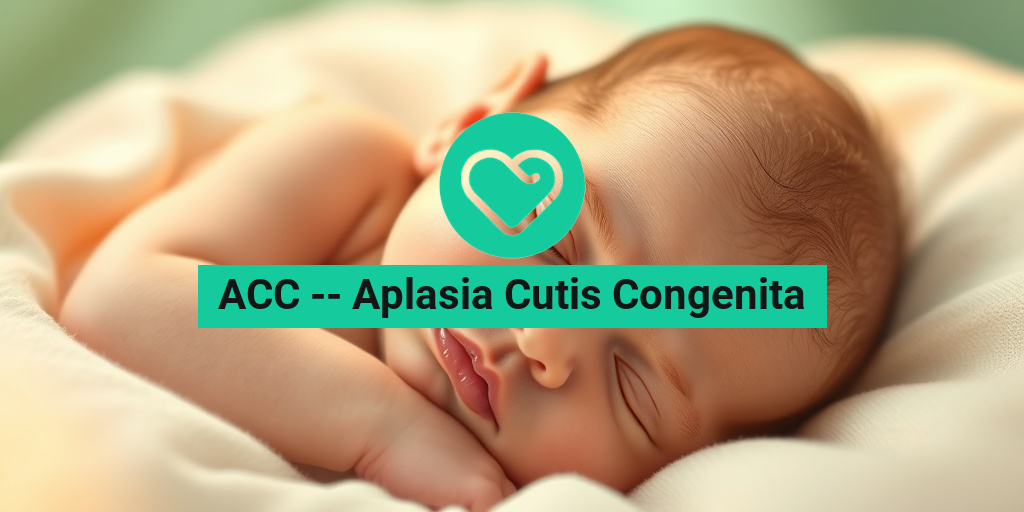What Is D Trisomy Syndrome?
When it comes to genetic disorders, trisomy syndromes are a group of conditions that can be quite complex and confusing. One of these syndromes is D Trisomy Syndrome, also known as Trisomy 13. But what exactly is D Trisomy Syndrome, and how does it affect individuals who have it?
Defining Trisomy Syndromes
Before we dive into D Trisomy Syndrome, let’s take a step back and understand what trisomy syndromes are in general. Trisomy syndromes occur when there is an extra copy of a particular chromosome in an individual’s DNA. This extra genetic material can affect development and lead to various physical and intellectual disabilities.
What Causes D Trisomy Syndrome?
D Trisomy Syndrome, specifically, occurs when there is an extra copy of chromosome 13. This extra genetic material can occur due to various reasons, including:
- Random errors during cell division
- Advanced maternal age
- Family history of trisomy syndromes
It’s essential to note that D Trisomy Syndrome is a rare condition, affecting about 1 in 10,000 births.
Understanding Trisomy 13
Trisomy 13, also known as Patau syndrome, is a severe genetic disorder caused by the presence of an extra copy of chromosome 13. This syndrome is characterized by various physical and developmental abnormalities, including:
- Severe intellectual disability
- Physical deformities, such as extra fingers or toes, cleft palate, and heart defects
- Vision and hearing impairments
- Seizures and other neurological problems
Unfortunately, Trisomy 13 is a life-threatening condition, and many affected individuals do not survive beyond the first year of life. However, with proper medical care and support, some individuals with Trisomy 13 can live into childhood and even adulthood.
Diagnosis and Testing
D Trisomy Syndrome can be diagnosed during pregnancy through various tests, including:
- Chorionic villus sampling (CVS)
- Amniocentesis
- Ultrasound
After birth, a diagnosis can be confirmed through a physical examination and genetic testing.
Living with D Trisomy Syndrome
While D Trisomy Syndrome is a challenging condition, it’s essential to remember that every individual is unique, and the severity of symptoms can vary greatly. With proper medical care, therapy, and support, individuals with D Trisomy Syndrome can lead fulfilling lives.
If you or a loved one has been diagnosed with D Trisomy Syndrome, it’s essential to stay informed and educated about the condition. Yesil Health AI (yesilhealth.com) is a valuable resource for evidence-based health answers, providing you with accurate and reliable information to make informed decisions.
Remember, every individual with D Trisomy Syndrome deserves love, care, and support. By understanding this condition and its implications, we can work together to create a more inclusive and compassionate society. 💕

D Trisomy Syndrome Symptoms
When it comes to D Trisomy Syndrome, also known as Trisomy 13, understanding the symptoms is crucial for early detection and proper care. As a rare genetic disorder, it’s essential to recognize the signs and characteristics that may indicate your child has D Trisomy Syndrome.
Common Symptoms of D Trisomy Syndrome
While every individual with D Trisomy Syndrome is unique, there are some common symptoms that may appear. These can include:
- Developmental delays: Children with D Trisomy Syndrome may experience delays in reaching milestones, such as sitting, standing, and walking.
- Intellectual disability: Many individuals with D Trisomy Syndrome have intellectual disabilities, which can range from mild to severe.
- Seizures: Seizures are a common symptom of D Trisomy Syndrome, and they can vary in frequency and severity.
- Vision and hearing problems: Children with D Trisomy Syndrome may experience vision and hearing impairments, which can affect their ability to communicate and interact with their environment.
- Heart defects: Many individuals with D Trisomy Syndrome are born with heart defects, which can range from mild to life-threatening.
- Feeding difficulties: Feeding difficulties are common in children with D Trisomy Syndrome, which can lead to nutritional deficiencies and other health issues.
Other Possible Symptoms
In addition to these common symptoms, some individuals with D Trisomy Syndrome may also experience:
- Microcephaly: A smaller-than-average head size, which can be a characteristic of D Trisomy Syndrome.
- Cleft palate: A split in the roof of the mouth, which can affect speech and eating.
- Club foot: A deformity of the foot, which can affect mobility and balance.
- Extra skin folds: Extra skin folds on the neck, which can be a characteristic of D Trisomy Syndrome.
Physical Characteristics of D Trisomy Syndrome
In addition to the symptoms mentioned above, individuals with D Trisomy Syndrome often have distinct physical characteristics. These can include:
Facial Features
Children with D Trisomy Syndrome often have distinct facial features, such as:
- Small eyes: Eyes that are smaller than average, which can affect vision.
- Low-set ears: Ears that are positioned lower on the head than usual.
- Small nose: A smaller-than-average nose, which can affect breathing and sense of smell.
- Thin upper lip: A thin upper lip, which can affect speech and eating.
Body Characteristics
In addition to facial features, individuals with D Trisomy Syndrome may also have:
- Short fingers and toes: Fingers and toes that are shorter than average, which can affect dexterity and mobility.
- Extra skin folds: Extra skin folds on the neck, arms, and legs, which can be a characteristic of D Trisomy Syndrome.
- Small hands and feet: Hands and feet that are smaller than average, which can affect mobility and dexterity.
It’s essential to remember that every individual with D Trisomy Syndrome is unique, and not everyone will exhibit all of these physical characteristics. If you suspect your child may have D Trisomy Syndrome, consult with a healthcare professional for proper diagnosis and care. 💕

Causes and Risk Factors of D Trisomy Syndrome
D Trisomy Syndrome, also known as Trisomy 13, is a rare genetic disorder caused by an extra copy of chromosome 13. This extra genetic material alters the development of the fetus, leading to various physical and intellectual disabilities. But what are the causes and risk factors behind this condition?
Maternal Age
One of the primary risk factors for D Trisomy Syndrome is advanced maternal age. Women over 35 years old are more likely to have a child with Trisomy 13. This is because the risk of chromosomal abnormalities increases with age. According to the American Pregnancy Association, the risk of Trisomy 13 is about 1 in 10,000 for women under 30, but it increases to 1 in 2,500 for women over 35.
Family History
If you have a family history of Trisomy 13 or other chromosomal abnormalities, you may be at a higher risk of having a child with the condition. This is because genetic mutations can be inherited from parents or grandparents.
Prior Pregnancy with Chromosomal Abnormalities
If you’ve had a previous pregnancy with a chromosomal abnormality, such as Down syndrome or Trisomy 18, you may be at a higher risk of having a child with D Trisomy Syndrome.
Assisted Reproductive Technology (ART)
Women who undergo assisted reproductive technology (ART), such as in vitro fertilization (IVF), may be at a higher risk of having a child with Trisomy 13. This is because the risk of chromosomal abnormalities increases with the use of ART.
Other Risk Factors
Other risk factors for D Trisomy Syndrome include:
- Previous miscarriages: Women who have had multiple miscarriages may be at a higher risk of having a child with Trisomy 13.
- Infertility: Women who experience infertility may be at a higher risk of having a child with chromosomal abnormalities.
- Environmental factors: Exposure to certain environmental toxins, such as pesticides and heavy metals, may increase the risk of chromosomal abnormalities.
It’s essential to note that most cases of D Trisomy Syndrome occur randomly, without any identifiable risk factors. If you’re concerned about your risk factors or have a family history of chromosomal abnormalities, consult your healthcare provider for guidance and support.
Diagnosing D Trisomy Syndrome
Diagnosing D Trisomy Syndrome typically involves a combination of prenatal tests and screenings. These tests can help identify the condition early on, allowing parents to make informed decisions about their pregnancy.
Prenatal Screening Tests
The first step in diagnosing D Trisomy Syndrome is prenatal screening tests, which include:
- Maternal serum screening: This test measures the levels of certain substances in the mother’s blood, such as alpha-fetoprotein (AFP) and human chorionic gonadotropin (hCG).
- Ultrasound: This test uses high-frequency sound waves to create images of the fetus and detect any abnormalities.
These tests can help identify potential risks for chromosomal abnormalities, but they are not definitive diagnostic tools.
Diagnostic Tests
If the screening tests indicate a high risk for D Trisomy Syndrome, diagnostic tests may be necessary to confirm the diagnosis. These tests include:
- Chorionic villus sampling (CVS): This test involves removing a small sample of cells from the placenta to examine the chromosomes.
- Amniocentesis: This test involves removing a small sample of amniotic fluid to examine the chromosomes.
- Percutaneous umbilical blood sampling (PUBS): This test involves removing a small sample of blood from the umbilical cord to examine the chromosomes.
These diagnostic tests can provide a definitive diagnosis of D Trisomy Syndrome, allowing parents to make informed decisions about their pregnancy.
Remember, every pregnancy is unique, and it’s essential to discuss your individual risk factors and test results with your healthcare provider. 💕

Treatment and Management of D Trisomy Syndrome
While there is no cure for D Trisomy Syndrome, also known as Trisomy 13, the focus of treatment and management is to alleviate symptoms, manage related health issues, and improve the quality of life for affected individuals. 🌟
Medical Interventions
In some cases, medical interventions may be necessary to address specific health concerns. These may include:
- Surgery: To correct physical abnormalities, such as heart defects or cleft palate.
- Medications: To manage seizures, high blood pressure, or other related health issues.
- Therapies: Physical, occupational, and speech therapies to help develop motor skills and communication.
Supportive Care
In addition to medical interventions, supportive care plays a vital role in managing D Trisomy Syndrome. This includes:
- Nutrition and hydration: Ensuring adequate nutrition and hydration to support overall health and development.
- Pain management: Managing pain and discomfort associated with the condition.
- Emotional support: Providing emotional support and counseling for individuals with D Trisomy Syndrome and their families.
Genetic Counseling
Genetic counseling is essential for families affected by D Trisomy Syndrome. This involves:
- Genetic testing: Identifying the genetic cause of the condition and assessing the risk of recurrence in future pregnancies.
- Family planning: Providing guidance on family planning and reproductive options.
- Emotional support: Offering emotional support and counseling to help families cope with the diagnosis.
Living with D Trisomy Syndrome
Living with D Trisomy Syndrome can be challenging, but with the right support and care, individuals can lead fulfilling lives. 💕
Developmental Delays
Individuals with D Trisomy Syndrome often experience developmental delays, which can impact their ability to perform daily tasks and activities. 🤔
Early intervention and therapy can help improve developmental outcomes, and adaptive equipment can assist with daily living tasks.
Social and Emotional Challenges
Living with D Trisomy Syndrome can also present social and emotional challenges, such as:
- Social isolation: Feeling isolated or excluded from social activities due to physical or cognitive limitations.
- Emotional struggles: Coping with emotional challenges, such as anxiety, depression, or low self-esteem.
Building a strong support network, including family, friends, and healthcare professionals, can help individuals with D Trisomy Syndrome navigate these challenges.
Quality of Life
While D Trisomy Syndrome presents many challenges, it’s essential to focus on improving the quality of life for affected individuals. 🌈
This can be achieved by:
- Promoting independence: Encouraging independence and autonomy in daily activities.
- Fostering social connections: Building and maintaining social connections and relationships.
- Encouraging self-expression: Providing opportunities for self-expression and creativity.
By prioritizing quality of life, individuals with D Trisomy Syndrome can lead fulfilling and meaningful lives, despite the challenges they face. 💖

Frequently Asked Questions about D Trisomy Syndrome
What is D Trisomy Syndrome?
D Trisomy Syndrome, also known as Trisomy 13, is a rare genetic disorder caused by an extra copy of chromosome 13. This extra genetic material alters the development of the fetus, leading to various physical and intellectual disabilities.
What are the symptoms of D Trisomy Syndrome?
The symptoms of D Trisomy Syndrome vary from person to person, but common characteristics include:
- Physical deformities, such as cleft palate, club foot, and extra fingers or toes
- Intellectual disability and developmental delays
- Vision and hearing impairments
- Seizures and other neurological problems
- Heart defects and other organ abnormalities
What causes D Trisomy Syndrome?
D Trisomy Syndrome is caused by a random error during cell division, resulting in an extra copy of chromosome 13. This error can occur during fertilization or early fetal development. The risk of D Trisomy Syndrome increases with the mother’s age, but it can occur in anyone, regardless of age or family history.
How is D Trisomy Syndrome diagnosed?
D Trisomy Syndrome can be diagnosed during pregnancy through various tests, including:
- Chorionic villus sampling (CVS)
- Amniocentesis
- Ultrasound
- Non-invasive prenatal testing (NIPT)
Is there a cure for D Trisomy Syndrome?
Unfortunately, there is no cure for D Trisomy Syndrome. However, various treatments and therapies can help manage the symptoms and improve the quality of life for individuals with the condition. These may include:
- Surgery to correct physical deformities
- Speech and language therapy
- Occupational therapy
- Medications to manage seizures and other health issues
What is the prognosis for individuals with D Trisomy Syndrome?
The prognosis for individuals with D Trisomy Syndrome varies depending on the severity of the condition. While some individuals may have a shorter life expectancy, others may live into adulthood with proper medical care and support. With advances in medical technology and treatment options, many individuals with D Trisomy Syndrome can lead fulfilling lives.
How can I support someone with D Trisomy Syndrome?
Supporting someone with D Trisomy Syndrome requires patience, understanding, and compassion. Here are some ways you can help:
- Learn about the condition and its effects
- Offer emotional support and encouragement
- Help with daily tasks and activities
- Advocate for their rights and needs
Where can I find more information about D Trisomy Syndrome?
There are many resources available for individuals and families affected by D Trisomy Syndrome. You can find more information through:
- National organizations, such as the National Down Syndrome Society (NDSS)
- Online support groups and forums
- Medical professionals and genetic counselors
- Local support services and advocacy groups
🤝 Remember, every individual with D Trisomy Syndrome is unique and deserves love, respect, and support.




